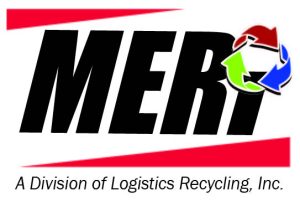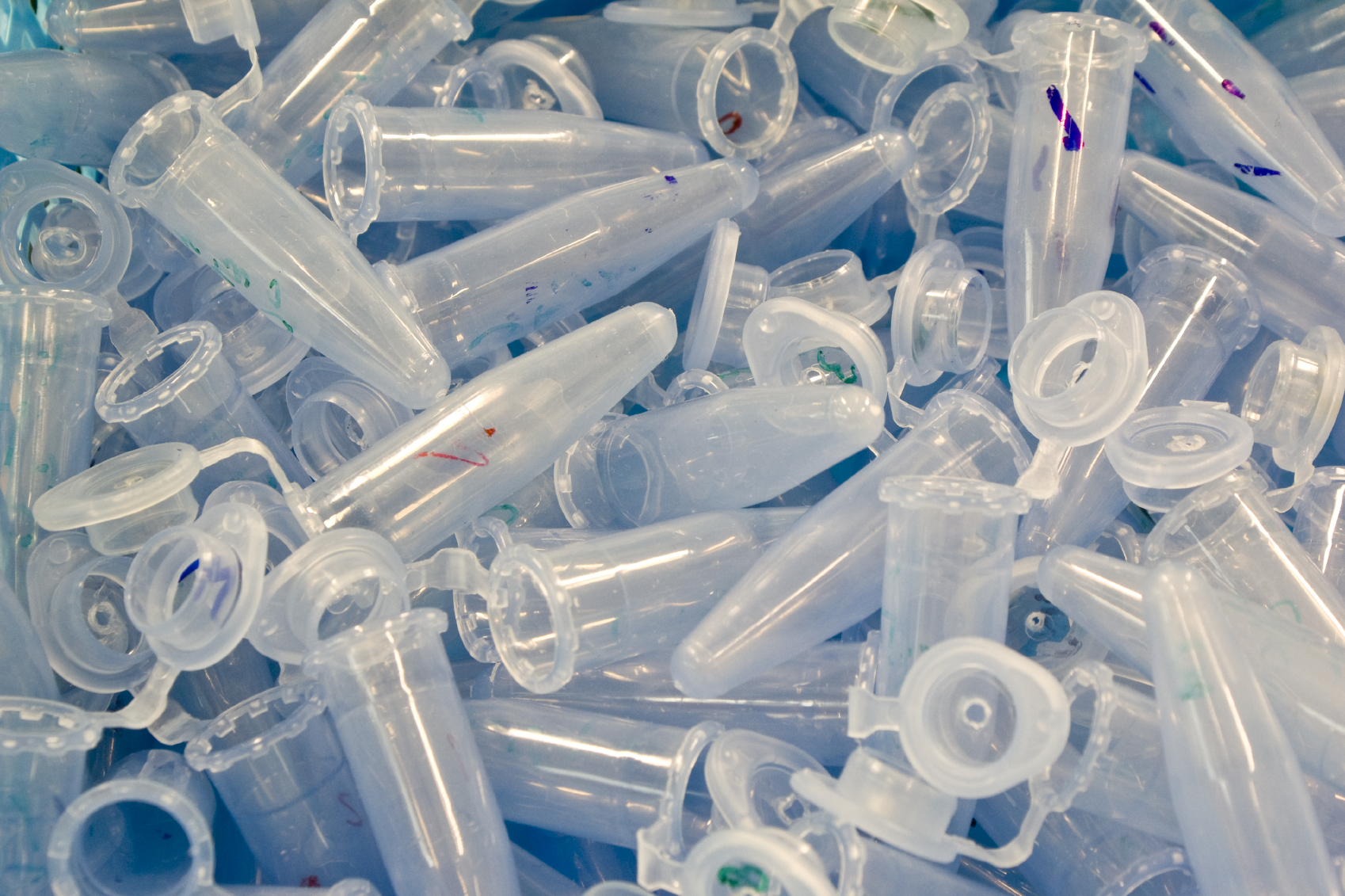There are five common medical waste disposal mistakes. With so much to remember about proper disposal of medical waste, it can be easy to overlook a few federal and state regulations. But come audit time, failure to get your ducks in a row could result in some hefty fines. Here are five common ways businesses fail to meet the Department of Natural Resources’ requirements for proper infectious waste disposal.
Five Medical Waste Disposal Mistakes to Avoid
Between changing industry standards and small contingencies, it’s not always your fault that you aren’t in compliance. Unfortunately, the DNR doesn’t care why. It only cares whether you are or not.
1. Improper packaging of waste
You must store Infectious waste in transportation containers that meet the Department of Transportation’s requirements. Twenty years ago, you may have been able to use an empty milk jug or laundry detergent container to store your sharps. Those days are gone.
Always make sure you are using rigid containers with a DOT stamp of approval on them.
These containers are leak-proof, tamper-proof, spill-proof, puncture resistant and reusable. Milk jugs and the like fail to meet regulations. Mainly, because sharp needles poking out of the thin plastic pose a serious threat during transportation.
2. Improper transportation of medical waste
Unless you are transporting less than 50 pounds of medical waste, you need a permit to haul the waste. This is even if it is in a DOT container that has the seal of approval..
Many businesses fail this requirement in these two areas:
1) They transport their waste to a disposal facility without the permit
2) They haul waste in improper containers. Applying for a permit is expensive and requires hours of training classes, which is why more companies outsource disposal.
3. Assuming you can send in the same package
Everything changes once a product is labeled “waste”. Therefore, the package a product was shipped in is no longer acceptable for transporting the product once it becomes waste.
Common initial transportation units include cardboard boxes, gallon jugs, or even plastic bags. But once that product is waste, you may need a more rigid hazardous waste shipping container. Check with your medical waste disposal company to choose the right container for your waste.
4. Improper manifesting of medical waste
Here’s a common scenario: Bob works at a hospital and a medical waste disposal service comes to pick up his medical waste. Bob signs off on the pickup, the waste is taken and everybody goes home happy. That is, until the DOT performs an audit on the hospital.
At this point, the DOT is going to ask who signed the manifest for waste removal. When Bob raises his hand, they are going to ask to see all his training documents. They will also ask him a series of questions including what the waste was and if he had it in the right package, as well as the right label on it. If Bob cannot answer everything, the hospital will receive a citation.
Having a service haul away your medical waste is not like receiving a UPS package. You can’t simply sign a manifest and go on your way. Whoever signs the manifest for waste pickup must have had the proper DOT training. It demonstrates that person has the knowledge to handle the medical waste. Nine times out of ten, the signee won’t meet these requirements and will end up like poor Bob.
Our advice: Find a medical waste disposal company that allows you to sign an agent letter. It transfers most of the risk to them. Essentially, the agreement allows them to sign off on a pickup on your behalf, reducing your risk of non-compliance and ending your need for costly and time-consuming training.
5. Placing waste in the wrong container
There’s no inter-waste mingling in this game. For instance, you can’t throw standard trash into a container with medical waste. Each kind of waste needs to be categorized independently.
As a rule of thumb, the higher risk a type of infectious waste poses to human, the higher standard of container you need. The CFR 49 code of federal regulations can tell you exactly what container you need for each kind of waste. However, here’s a general breakdown:
- Sharps (anything used for injecting, cutting, etc.) must go into a sharps container
- Anything drip-able, pourable or flake-able (if it can flake off after drying) must go into a Red Bag waste bag
- Pills must go in a plastic container with the lid shut. It must be with other pharmaceutical waste. Most medical waste disposal companies should carry all the necessary waste containers, and could help you choose the right one for your specific waste.
Violating government regulations regarding your medical waste disposal is not something to be taken lightly. It can cost you money. Or, it can cost you your job. It can also be extremely dangerous for you and others who may come in contact with the waste.
If you’re unsure about any regulations, or just want to be sure that you’re in compliance, MERI can help you out. In the meantime, keep these five common mistakes in mind to make medical waste disposal a smoother, safer experience for everyone.
Learn how to easily track, properly handle, and affordably dispose your biohazard or infectious waste.




